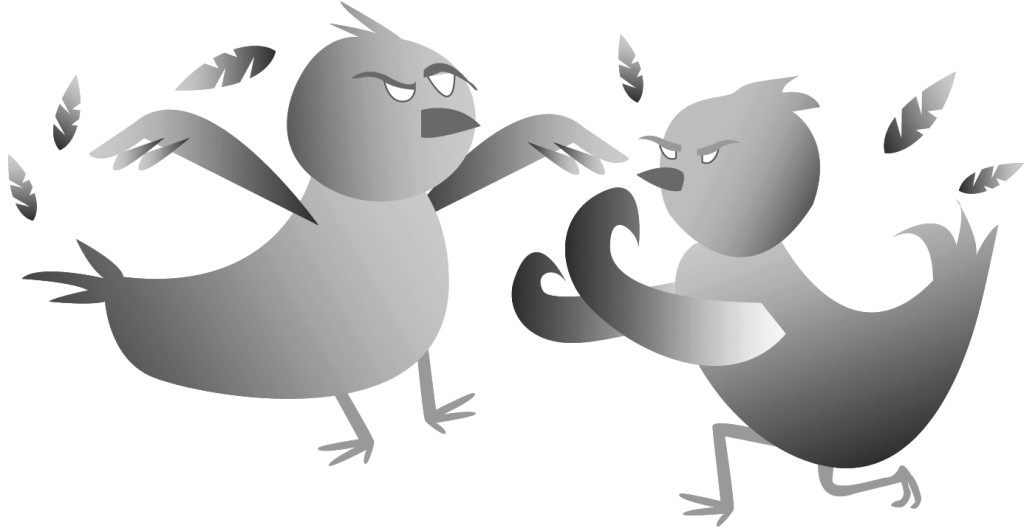
As I click to compose a tweet, I only have 140 characters to share what is on my mind. Within seconds, theseemotions are expressed to my followers, who have the option to “retweet,” “reply” to or “favorite” my thoughts. Typically when I log onto my Twitter account, I expect to see a variety of funny, clever and inspiring tweets. Recently, however, I’ve noticed that along with its ability to entertain, Twitter also has the power to harm.
“Subtweeting” is a perfect example of this. It allows users to directly refer to someone without mentioning his or her name. While “subtweeting” is short for “subliminal tweeting,” the truth is that “subtweets” are passive-aggressive. For example, a subtweet might read something like this: “You were my best friend. I can’t believe you would go out with my ex-boyfriend #subtweet.” Although names aren’t mentioned, “subtweets” are often specific enough that readers know who the tweet is aimed to attack. This is a form of cyberbullying.
Often, users who “subtweet” hide behind a computer screen to express negative thoughts, as opposed to confronting situations face to face. By posting these thoughts on Twitter, private concerns are shared within a public sphere. This creates the opportunity for third parties to be involved and rumors to spread. Since Twitter allows users to tweet thoughts instantly, many people do not think about the negative effects of their tweets. Although “subtweeting” may seem like an easy way to vent, it often creates conflict within both the Twittersphere and real world.
The best way to avoid this type of conflict is by using Twitter for positive messages. Although Twitter becomes a negative site when “subtweeting” occurs, I typically love using Twitter because I can easily follow friends, family, celebrities and news. While it can be difficult to resist the urge to “subtweet,” the reality is that “subtweets” do not directly address or solve the issue. The problems with Twitter occur when the line between positive and negative messages is crossed. Although Twitter is a website used to socially interact with others, it is crucial to differentiate between the online and real world. Words posted online are often interpreted differently than in person. It is for this reason that negative posting, such as “subtweeting,” must be avoided on Twitter. Instead of passive-aggressively tweeting hurtful messages, use Twitter as a means of spreading knowledge, providing entertainment and expressing your feelings in a constructive manner. In order to avoid “subtweeting” and other negative tweeting, we must ask ourselves, “Does this hurt others in any way?” If so, then it shouldn’t be tweeted.
It is important to realize that there is a difference between entertainment and harm. While Twitter makes it simple to post thoughts within seconds, it is essential to think before publishing a tweet.

